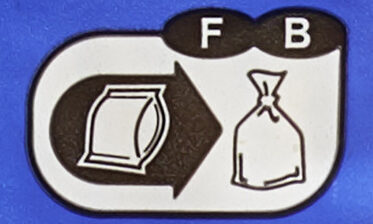Cracker's - Carrefour - 100 g
This product page is not complete. You can help to complete it by editing it and adding more data from the photos we have, or by taking more photos using the app for Android or iPhone/iPad. Thank you!
×
Some of the data for this product has been provided directly by the manufacturer Carrefour.
Barra-kodea: 3560070961092 (EAN / EAN-13)
Izen arrunta: Biscuits salés.
Kopurua: 100 g
Ontziratzea: fr:300 g
Markak: Carrefour
Kategoriak: en:Snacks, en:Salty snacks, en:Appetizers, en:Crackers, it:plástico
Etiketak, ziurtagiriak, sariak: en:Made in Spain, en:No palm oil
Dendak: Carrefour, carrefour.fr
Matching with your preferences
Other information
Conservation conditions: Conservation : À conserver dans un endroit frais et sec, à l'abri de la lumière. Afin que ces crackers gardent toute leur saveur, nous vous conseillons de les conserver, après ouverture, dans un emballage hermétique. Pour une dégustation optimale, à consommer de préférence avant fin / Nº lot : voir sur le côté de l'étui.
Customer service: Interdis - TSA 91431 - 91343 MASSY Cedex - France
Report a problem
Datuen iturria
Product added on by kiliweb
Last edit of product page on by org-carrefour.
Produktuaren orria -gatik editatua acuario, cporru, date-limite-app, driveoff, ecoscore-impact-estimator, openfoodfacts-contributors, roboto-app, smoothie-app, tacite-mass-editor, tasja, teolemon.









